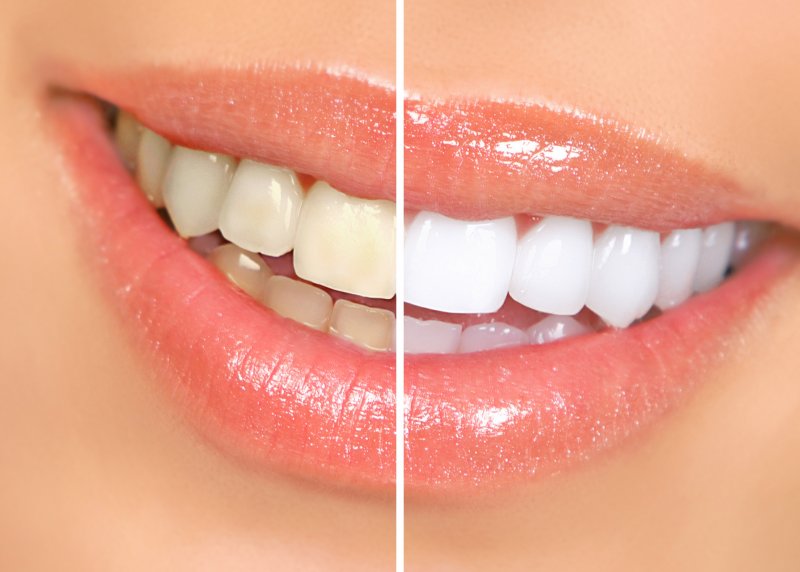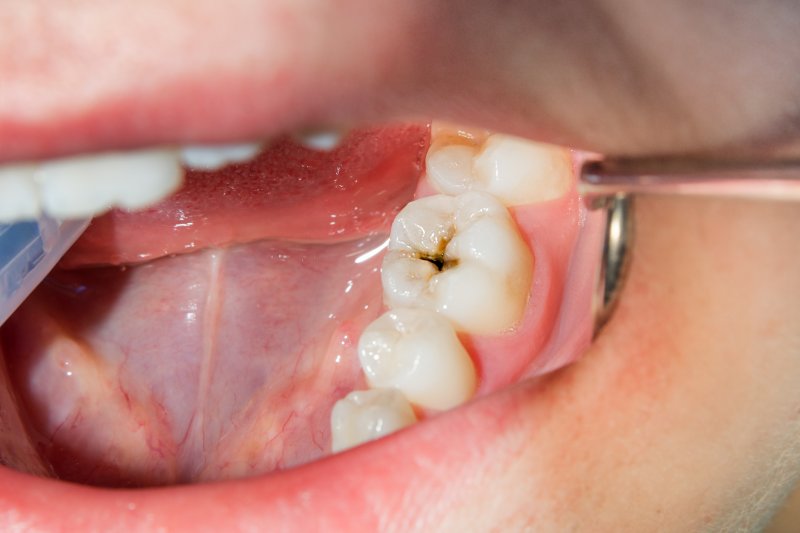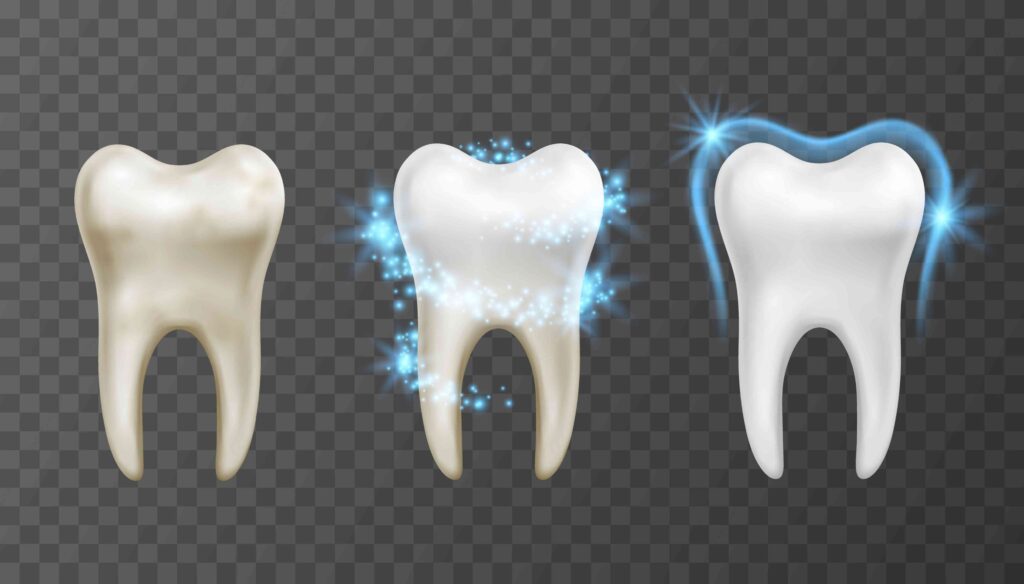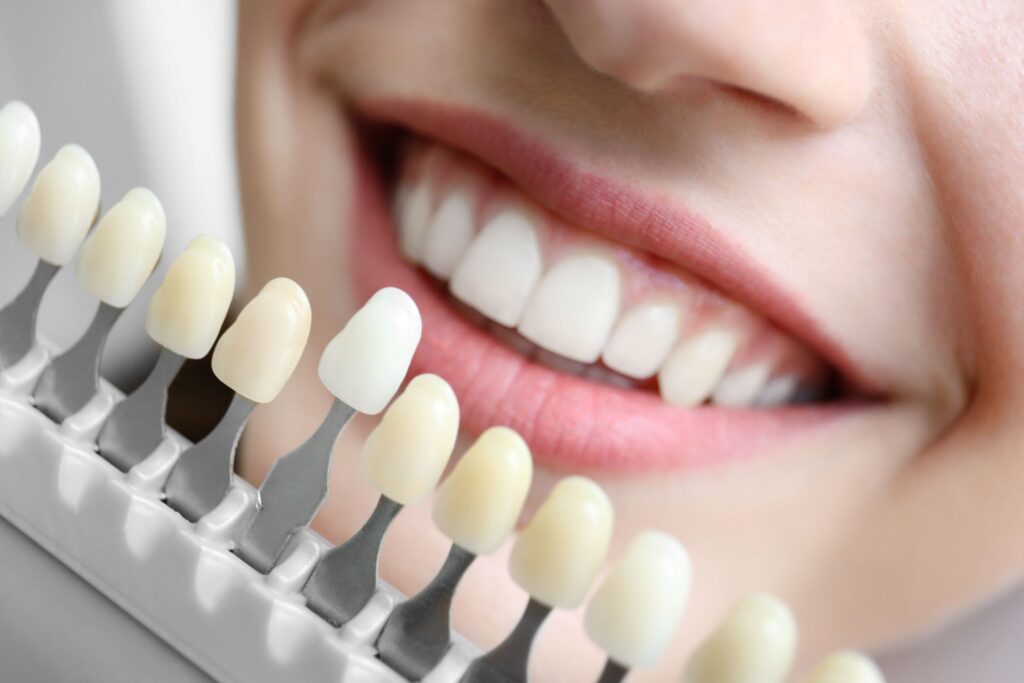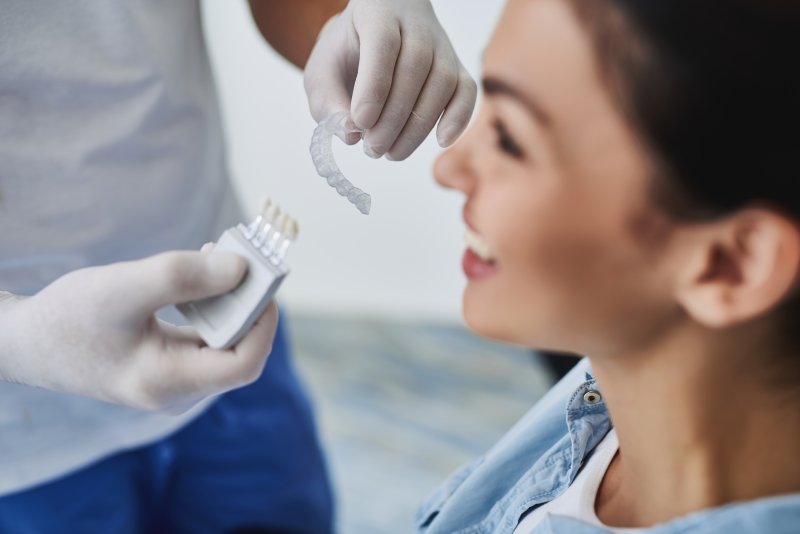
Like many, you probably know Invisalign is a great way to get straight teeth. The treatment can align your crooked grin without the hassle of brackets and wires! With that said, are you aware of the exact steps of the Invisalign process? Knowing these actions makes aligner work easier, so you’d do well to learn about them. If that sounds good to you, keep reading to find out the five key steps to an Invisalign procedure.
(more…)

